#古平
Explore tagged Tumblr posts
Text

どろろ草紙縁起絵巻 武村知子 フィルムアート社 書容設計=羽良多平吉 & エディックス
#どろろ草紙縁起絵巻#武村知子#どろろ#osamu tezuka#手塚治虫#heikichi harata#heiQuicci HARATA#heiquichi harata#羽良多平吉#anamon#古本屋あなもん#あなもん#book cover
125 notes
·
View notes
Text




Sean bienvenidos japonistasarqueológicos a una nueva entrega para esta cuenta, en esta ocasión os voy a contar la historia del Guion Matsuri (祇園祭) aparece por primera vez primera en el siglo IX( 865) durante el periodo Heian. - ¿Qué significa esta festividad? Representa cuando se sofocó la epidemia que tuvo lugar en Kioto durante el período Heian se fabricaron 66 alabardas en el Jardín Shinsen-en y se rezó por la extinción de la epidemia. - El Gion Matsuri se celebra cada mes de julio y es una festividad muy característica del verano que van desde: 1 al 31 de julio. - Espero que os haya gustado y nos vemos en próximas publicaciones de arqueología e historia Japonesa un cordial saludo. - 考古学ジャポニストは、このアカウントの新作を歓迎します。今回は、平安時代の9世紀(865)に最初に登場した祇園祭の物語をお伝えします。 - この休日はどういう意味ですか? 平安時代に京都で起こった流行が鎮圧され、神泉苑で66の鉾が作られ、流行の絶滅を祈願したことを表しています。 - 祇園祭は毎年7月に祝われ、7月1日から31日まで続く夏の非常に特徴的なお祭りです。 - あなたがそれを気に入ってくれて、日本の考古学と歴史の将来の出版物であなたに会えることを願っています、心からの挨拶。 - Archaeological Japonists are welcome to a new installment for this account, this time I am going to tell you the story of the Matsuri Script (祇園祭) first appears in the 9th century (865) during the Heian period. - What does this holiday mean? It represents when the epidemic that took place in Kyoto during the Heian period was quelled, 66 halberds were made in the Shinsen-en Garden and prayers were made for the extinction of the epidemic. - The Gion Matsuri is celebrated every July and is a very characteristic festivity of the summer that goes from: July 1 to 31. - I hope you liked it and see you in future publications of Japanese archeology and history, a cordial greeting.
#考古学#歴史#ユネスコ#文化#写真#日本#県#芸術#祇園祭#平安時代#archaeology#history#unesco#culture#photos#japan#pref#art#GionMatsuri#Heian period
50 notes
·
View notes
Text

Akiko Nishina (仁科亞季子), Tonpei Hidari (左とん平), Muga Takewaki (竹脇 無我) and Meiko Kaji (梶芽衣子) on the set of the TV drama Magnificent Thief! A Tenant In A Detective's House On 4th Street!! (華麗なる大泥棒! 四丁目の刑事の家の間借人!!), 1977. Photo by Masahiko Taniguchi (谷古宇正彦). Scanned from TV Guide (TVガイド) March 11, 1977.
#Meiko Kaji#梶芽衣子#Muga Takewaki#Akiko Nishina#Tonpei Hidari#仁科亞季子#左とん平#竹脇 無我#Magnificent Thief! A Tenant In A Detective's House On 4th Street!!#華麗なる大泥棒! 四丁目の刑事の家の間借人!!#TV Guide#TVガイド#magazine#scanned by me#behind the scenes#4 people#smiling#Masahiko Taniguchi#谷古宇正彦
19 notes
·
View notes
Text
多賀城
東北にあった古代の城柵🏰その歴史は古く奈良時代まで遡り陸奥国府や鎮守府が置かれ、東北地方の政治、軍事、文化の中心地であった。

中心の政庁跡



政庁跡から復元された朱塗りの南門を臨む

近くから見た立派な南門


南門付近にある祠の様なものに守られた国宝の多賀城碑


社の中にはこの様な石碑がある

南東にある外郭施設跡。今なお材木塀の根本が埋まっている

東門北櫓跡






#photographers on tumblr#travel#cool japan#castle#photography#photo#instagood#tour#landscape#バイクで行く景色#history#東北#多賀城#日本の城#古代#奈良時代#平安時代#日本の歴史#城柵#仙台#国府#国宝
10 notes
·
View notes
Text
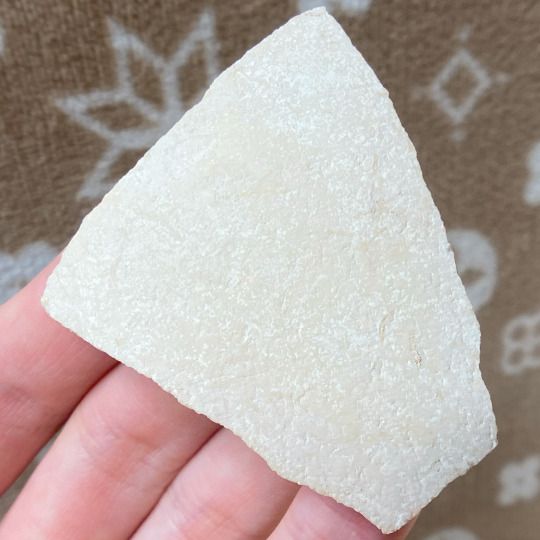
A fossilized bird eggshell from an elephant bird or Aepyornis sp. from Itampolo, Madagascar. While eggs of these massive paleognath birds were seen in the past at high end auctions, much of what still remains on the market are isolated eggshells which are often used to make composite eggs. This species of flightless ratite bird was hunted to extinction by humans relatively recently around 1000 years ago. Unfortunately, there are no surviving members of the elephant bird clade with their closest living relatives being kiwis.
#fossils#bird#dinosaur#ootaxon#paleontology#palaeontology#paleo#palaeo#aepyornis#elephant bird#theropod#aepyornithidae#ratite#pleistocene#cenozoic#prehistoric#science#paleoblr#エピオルニス#エピオルニス科#鳥#恐竜#平胸類#化石#古生物学
6 notes
·
View notes
Text


3/28(金)、11時から18時まで営業いたします。
船にまつわる本が入荷しています🚢 無類の船好きかつ、『アンクルトリス』 産みの親であるイラストレーター、柳原良平が編集・イラストを担当しています!
✴︎本の買取もお気軽にお声がけください。
5 notes
·
View notes
Text
With a pure and devoted heart in pursuit of Kūkai’s spirit, the production team conducted rare on-site filming at sacred locations, including the Lantern Hall of Mount Kōya - a designated national treasure of Japan.
Sincerely presented in 2025.
Please stay tuned.

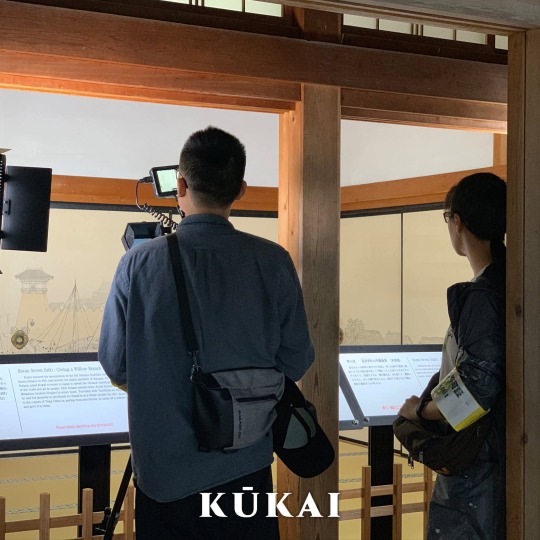


#Kukai Movie#空海传#空海伝#Fearless Voyage#Endless Enlightenment#JapanCulture ���都 奈良 高野山 長安#Symphony Kukai#交響曲空海#Kyoto Nara Koyasan Heritage ShingonBuddhism空海 KoboDaishi 弘法大師TangDynasty 唐朝 中国 电影 日本 平安時代 唐風 古典 遣唐使 映画
2 notes
·
View notes
Text
その目はなにを見ているのか
モンスター /MONSTER

#art#illustration#digital art#digital painting#digital drawing#drawing#procreate#イラスト#イラストレーション#モンスター#MONSTER#趣里#ジェシー#古田新太#YOU#中川翼#音月桂#宇野祥平
3 notes
·
View notes
Text

吉原はこんな所でございました-廓の女たちの昭和史 福田利子 現代教養文庫 社会思想社 COVER=AD・三富誠一、DESIGN・平昌司、PHOTO・中山幸則
#吉原はこんな所でございました-廓の女たちの昭和史#吉原はこんな所でございました#toshiko fukuda#福田利子#現代教養文庫#三富誠一#平昌司#中山幸則#anamon#古本屋あなもん#あなもん#book cover
67 notes
·
View notes
Text
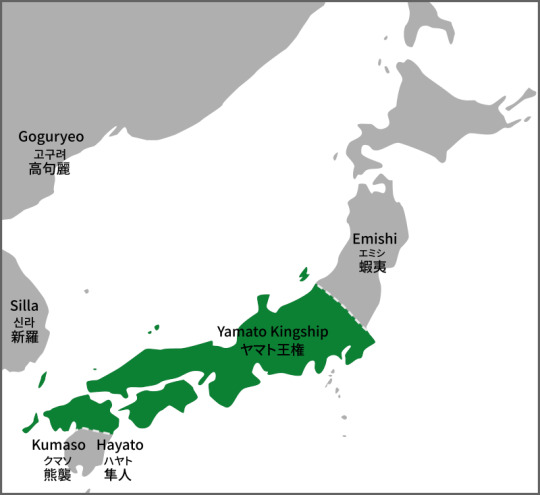
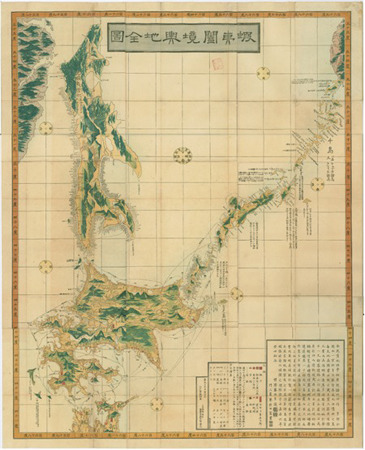
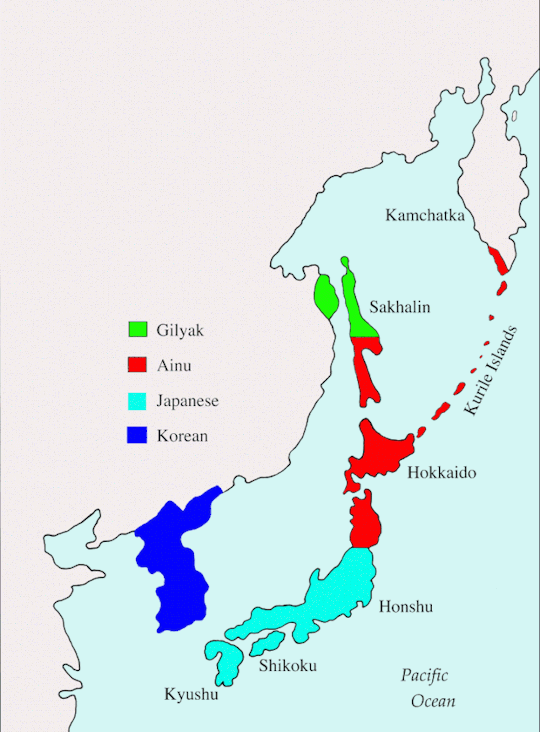
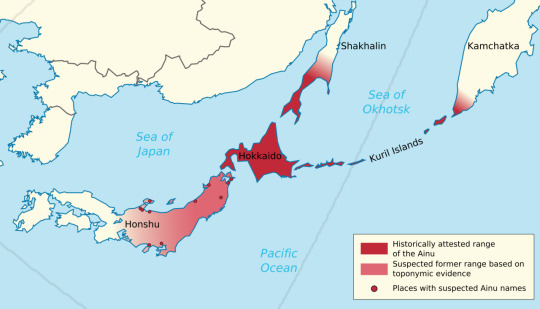
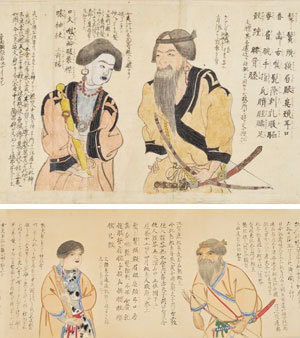
Capítulo 1: Introducción a los Emishi. Sean bienvenidos amantes del mundo japonés a una nueva publicación, en esta ocasión vamos a hablar sobre los emishi dicho esto pónganse cómodos que empezamos. - Para empezar, el término emishi hace referencia a todas las tribus y pueblos que vivían y que todavía viven al norte de Japón es decir la mitad norte de Tohoku, incluida hokkaido a este pueblo se le denominaba y se le denomina todavía a día de hoy Ainu, considerados los primeros pobladores del archipiélago a lo largo del siglo XVI hubo una serie de campañas militares para controlar dicho territorio aunque ya en el siglo VII siglo VIII después de Cristo durante el apogeo del clan yamato crearon una serie de fortalezas al norte para mantenerlos a raya. De hecho eran denominados bárbaros del norte que además se revelarán en más de una ocasión bajo el dominio japonés sin resultado alguno, actualmente se les da un reconocimiento a esta cultura, que en el pasado no lo tuvieron, como por ejemplo hay un museo dedicado a ellos y a su cultura. - Espero que os haya gustado y nos vemos en próximas publicaciones que pasen una buena semana. - 第 1 章: 蝦夷の紹介。 日本世界を愛する皆さん、新しい出版物にようこそ。今回は蝦夷について話します。とはいえ、気を楽にして始めましょう。 - まず、蝦夷という用語は、日本の北、つまり北海道を含む東北の北半分に住んでいた、そして今も住んでいるすべての部族と民族を指し、この民族は現在もアイヌと呼ばれていると考えられています。 16 世紀を通じてこの列島に最初に定住した人々は、その領土を支配するために一連の軍事作戦を行ったが、すでに 7 世紀から 8 世紀にはヤマト氏の全盛期に、彼らは北に一連の要塞を築き、領土を維持していた。湾。実際、彼らは北の野蛮人と呼ばれていましたが、日本の統治下でも何の成果も得られずに何度も姿を現しましたが、現在では、この文化は、例えば、そこでは過去にはなかった認識を与えられています。は彼らとその文化に特化した博物館です。 - 気に入っていただければ幸いです。今後の投稿でお会いしましょう。良い一週間をお過ごしください。 - Chapter 1: Introduction to the Emishi. Welcome lovers of the Japanese world to a new publication, this time we are going to talk about the emishi, that being said, make yourself comfortable and let's get started. - To begin with, the term Emishi refers to all the tribes and peoples who lived and still live in the north of Japan, that is, the northern half of Tohoku, including Hokkaido. This people was called and is still called Ainu today. , considered the first settlers of the archipelago throughout the 16th century there were a series of military campaigns to control said territory although already in the 7th century 8th century AD during the heyday of the Yamato clan they created a series of fortresses to the north to keep them at bay. stripe. In fact, they were called barbarians of the north who also revealed themselves on more than one occasion under Japanese rule without any result. Currently, this culture is given recognition, which in the past they did not have, such as, for example, there is a museum dedicated to them and their culture. - I hope you liked it and see you in future posts, have a good week.
#japan#culture#history#archaeology#photography#Ainu#Hokkaido#Emishi#heianperiod#NaraPeriod#unesco#anime#日本#文化#歴史#考古学#写真#アイヌ#北海道#蝦夷#平安時代#奈良時代#ユネスコ#アニメ#maps#地図#地理#geography#Tohoku#東北
60 notes
·
View notes
Text

8 notes
·
View notes
Text




















ブラックナイトパレード 日野三春-小雨 北条志乃-十年 古平鉄平-阿天 帽子さん-YS [230120] photo thx 嶽
2 notes
·
View notes



























